Huskydoodle is a cross between the Siberian Husky and Poodle breeds. Wildly adorable, oh-so-loving, and a little bit mischievous, this Doodle breed literally melts your heart. In this article, we’re going to discuss everything about the Huskypoo – their size, appearance, personality, grooming, health, and much more. Let’s get started!
What Is A Huskydoodle?
The Huskydoodle is a hybrid cross between the Siberian Husky and Poodle. Like many other Poodle mixes, you might hear people calling them with all sorts of cute names. Huskydoodle, Huskypoo, Siberpoo, or Poosky – this Doodle breed sure has lots of nicknames to choose from! The Siberian Husky-Poodle mix is becoming more and more popular thanks to its many amazing qualities.

The Siberian Husky was first bred as a working sled dog in Siberia. They’re medium size, have lots of energy and endurance. Although they might look intimidating to some, Huskies are actually very friendly and outgoing dogs. Even goofy and mischievous at times! They’re typically good-natured and they love companionship.
The Poodle is another highly intelligent dog breed. Similarly to Huskies, they’re loving, affectionate, and loyal companions. Likewise, Poodles are known to be playful and mischievous. You can only imagine that the Siberian Husky Poodle mix has surely inherited the same traits!
Huskydoodle Physical Appearance
Color
Most commonly, Huskypoos come in Siberian Husky inspired colors, such as grey, black, and white. However, you might also come across the less common red, apricot, cream, and brown coats that are inherited from the Poodle side of their lineage.
Coat, Shedding, and Hypoallergenic Level
Huskydoodles inherit their coat characteristics from their Siberian Husky and Poodle parents. For this reason, Huskydoodles’ coats can be quite unpredictable at times. By combining the Siberian Husky and Poodle, Huskypoos can end up with either curly hair from the Poodle’s side, straight hair from the Husky parent, or a wavy coat that fits right in between. Regardless of their coat type, Huskydoodles are usually low to non-shedding dogs, making them perfect for people who struggle with dog dander allergy.
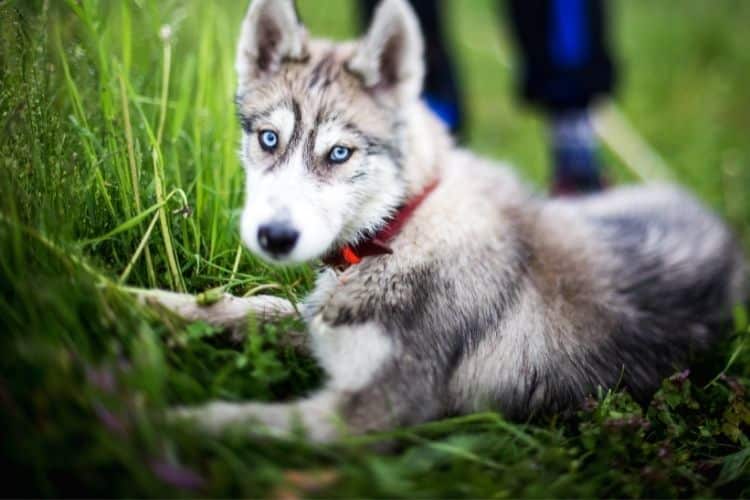
Of course, different Huskydoodle coat types also have different levels of shedding. We can typically expect curly-haired Huskydoodles to shed the least, as they mostly take after the Poodle parent. On the other hand, we can expect straight coat Huskydoodles to shed more, as they tend to come with shedding double coats. Nevertheless, even straight coat Huskydoodles shed significantly less than their purebred Siberian Husky parents.
Huskypoo Size: How Big Will A Huskydoodle Get?
Huskydoodles come in two sizes – Mini Huskydoodle and Standard Huskydoodle. The Standard Huskydoodle is currently the most readily available, but as with other Doodle breeds, there are more and more breeders specializing in the smaller Mini Huskydoodle in recent years, too.
Naturally, the size of a Huskypoo pup depends on the size of its parents. For instance, if the goal is to achieve a larger Standard Huskydoodle, a Siberian Husky is crossed with a Standard Poodle. However, if you’re after a smaller Mini Huskypoo, a Miniature Poodle is used in the mix instead.
Here’s a typical size chart for Mini and Standard Huskypoos:
| Mini Huskydoodle | Standard Huskydoodle | |
| Weight | 15-35 pounds | 35-60 pounds |
| Height* | 12-20 inches | 20-25 inches |
| When Full-Grown? | 11-13 months | 12.5-16 months |
As we can learn from the chart above, Huskydoodles can weigh anywhere between 15 and 60 pounds, and have a height between 12 and 25 inches. Minis usually weigh 15 to 35 pounds, whereas larger pups usually weigh between 35 and 60 pounds.
Mini Huskydoodle
As we mentioned above, Mini Huskydoodles can be achieved by using a Miniature Poodle in the mix. One option is to cross a Siberian Husky with a Miniature Poodle. However, we can also use Miniature Poodles in subsequent backcrosses of the Poosky. Sounds confusing, right? That’s where the Husky Poodle mix generations come into play…
Huskypoo Variations & Generations
So, what are the Huskydoodle generations and what do they mean exactly? To put it simply, Doodle generations tell us how much of a puppy’s genetic makeup consists of either of the parental breeds. Let’s take a closer look:
| 1st Parent | 2nd Parent | % Siberian Husky* | % Poodle* | |
| F1 Huskydoodle (first-generation) | Siberian Husky | Poodle | 50% | 50% |
| F1B Huskydoodle (first-generation backcross) | F1 Huskydoodle | Poodle | 25% | 75% |
| F1BB Huskydoodle (first-generation backcross backcross) | F1B Huskydoodle | Poodle | 12.5% | 87.5% |
| F2 Huskydoodle (second-generation) | F1 Huskydoodle | F1 Huskydoodle | 50% | 50% |
| F2B Huskydoodle (second-generation backcross) | F1 Huskydoodle | F1B Huskydoodle | 37.5% | 62.5% |
| F2B Huskydoodle (alternate cross) | F2 Huskydoodle | Poodle | 25% | 75% |
| F3 / Multigen Huskydoodle | F1B Huskydoodle or higher | F1B Huskydoodle or higher | Varies | Varies |

Huskydoodle Personality & Temperament
The Siberian Husky Poodle mix is known for its high energy levels and love for all things about play. They love to run, jump, play fetch, explore, and join you on your many adventures. Just as equally are they super affectionate and loyal. Siberpoos tend to form attachments to their humans very easily. So, you’ll get the most fun-loving Doodle by day, and a true lapdog by night.
This also means that Huskydoodles can sometimes become a bit needy, or even struggle with separation anxiety. The Siberpoo craves for human attention and interaction above all else. For this reason, Huskydoodles are best suited for families, where at least one person can spend the majority of the day with them. And speaking of families, although this Doodle breed gets along well with children and even strangers, they might be better suited for families with slightly older kids. In addition to that, their higher prey drive might lead to unfortunate situations around smaller pets like cats, rabbits, or birds.
Overall, Siberpoos are very loving and friendly companions, and they make good family pets. They’re rarely aggressive and thanks to their high intelligence levels, they’re usually easy to train as well. However, Pooskys are known to be slightly stubborn and mischievous at times. Just something you should keep in mind!
Huskydoodle Health: Do Huskydoodles Have Health Problems?
Huskydoodles are often considered healthier than the purebred Siberian Husky and Poodle parents. This is thanks to hybrid vigor, which helps diminish certain hereditary health problems that are specific to each parental breed.
On the other hand, although Huskypoos are considered healthier, they are still at risk of developing certain health conditions that their purebred parents are prone to. Common health problems in Huskydoodles include:
- Hip and elbow dysplasia
- Patellar luxation
- Legg-Calve Perthes disease
- Gastric Dilation Volvulus (GDV)
- Skin sensitivities and allergies
- Food allergies and sensitivities
- Ear infections
- Separation anxiety
You might also wonder – what is the average lifespan of a Huskydoodle? The Siberian Husky-Poodle mix has an estimated lifespan of about 12 to 15 years, give or take. By the way, as smaller dogs tend to outlive larger ones, we can expect Mini Huskydoodles to live a few years longer than Standard Huskydoodles.
Huskydoodle Exercise & Training
Huskydoodles are super active dogs and they need plenty of mental and physical stimulation throughout the day. If your Huskypoo doesn’t get enough exercise, you might start to notice behavioral problems. For instance, when you leave your Siberpoo alone for too long, they might become destructive. Especially if they don’t get to spend all that pent up energy. You should aim for at least 60 minutes of exercise and playtime daily.
In terms of training, you’ll most likely find that a Siberpoo is fairly easy to train. They’re highly intelligent and eager to please. Nevertheless, don’t underestimate their stubborn streak. For this reason, Huskypoos might be more suited for experienced dog owners. However, nothing is impossible, and if you have the time and energy, even first-time dog owners can successfully raise this pup into a healthy and happy adult.
If you don’t know where to start, the Online Puppy School by Baxter & Bella is an absolute game changer. Their extensive library of resources includes videos, classes, checklists, articles, and even a live forum. Everything you’ll ever need to train your Huskypoo into a well-rounded and well-behaved adult!
Need help with training?
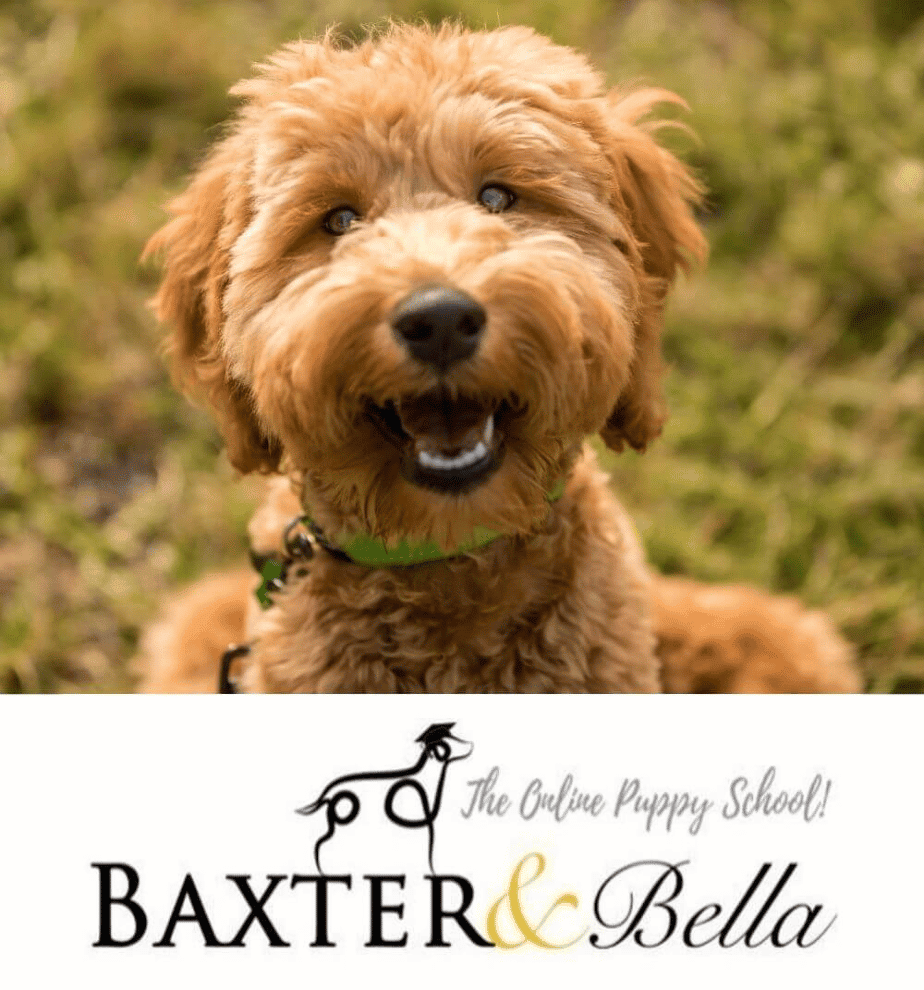
Use our discount code: DOODLEDOODS at checkout for an instant 25% off of BAXTER & BELLA, The Online Puppy School – an incredible value on their lifetime membership!
Learn More About BAXTER & BELLAHuskydoodle Coat & Grooming: Do Huskydoodles Shed?
One of the best things about Doodles like the Siberpoo is that they’re generally very low to non-shedding dogs. However, this does largely depend on their coat type. As we mentioned above, curly coat Huskydoodles shed the least, while straight coat Huskydoodles can shed some hair from time to time.
But even though Huskydoodles are generally excellent for people with allergies, it does come at a cost. As you may have heard, all Doodles, including the Huskypoo, are rather high maintenance when it comes to coat care and grooming. When adopting a Huskydoodle, you should be prepared for daily grooming. Mainly, make sure you have your brushes and combs at hand, as you’ll be using these on a daily basis.
Why is that so important? First of all, brushing helps keep your dog’s coat clean and healthy in between baths. You can easily brush out any dirt and debris that might’ve gotten stuck during playtime outside. Secondly, regular brushing is the best way to prevent matting (which Siberpoos are prone to!). Since you’ll be routinely brushing out tangles and knotted hair, you won’t have to deal with mats later on. This is especially important for curly-haired Pooskys, as their hair is the most prone to matting. With a straight coat Huskydoodle, you might get away with less frequent brushing sessions.
For some extra coat pampering, we recommend the line brushing technique. You can use this method as an intensive treatment, if you’ve missed a few days (or more) of brushing. Additionally, we recommend you line brush your Siberpoo before each bathtime.
Other steps in a Huskypoo’s grooming schedule include:
- Hair trimming every 6 to 8 weeks. See also: How to Groom a Doodle At Home: Online Course
- Bathing before every haircut or when your pup gets dirty or smelly. See also: How To Bathe A Dog: Ultimate Guide To Bathing Doodles
- Nail trimming every week or every other week. See also: How To Trim Dog Nails: Ultimate Guide!
- Ear cleaning and drying after each bathtime and swim. See also: Dog Ear Infection Symptoms, Treatments, And Prevention In Doodles.
- Teeth brushing daily or at least weekly. See also: How To Brush Your Dog’s Teeth At Home
- Removing eye boogers daily. See also: Beard & Tear Stains In Doodles: Causes & Best Tear Stain Remover
Where Can You Get Huskydoodle Puppies?
If you’re thinking about adding a little Huskydoodle pup to your family, then be sure to only look into reputable breeders that follow ethical breeding guidelines. That being said, breeding Doodles like the Siberpoo is a time and energy consuming practice. Reputable Doodle breeders do extensive health and genetic testing on their parent dogs and provide the top tier care for their puppies before adoption.
For this reason, you can typically expect to pay anywhere from $2000 to $5000 for a Huskydoodle puppy. Of course, you might come across breeders offering Huskypoos at much lower price points. However, we urge you to do your research and due diligence, as oftentimes Doodle scammers and puppy mills attract unknowing customers with extremely low prices.
If the Siberian Husky Poodle mix has won your heart, we recommend you keep an eye on our Huskydoodle Breeders Directory, which we regularly update with reputable Huskydoodle breeders all across the US.
Huskydoodle FAQ
To be fair, Huskydoodles make great pets! The Siberian Husky Poodle mix has a loving temperament, they’re affectionate, intelligent, fun-loving, and playful pets. On the other hand, Huskydoodles can inherit a stubborn and mischievous streak from the Siberian Husky parent, so that’s something to keep in mind. Nonetheless, it all comes down to proper socialization and training from an early age.
The Siberpoo is usually not a yappy dog. They’re not as vocal and don’t tend to bark that much either. However, sometimes they might inherit the tendency to howl from their Siberian Husky lineage. If you’re struggling with a vocal pup, you might want to check out some additional training techniques to combat that issue.
The Siberian Husky Poodle mix is perfect for active people who enjoy a myriad of outdoor activities. They’re playful, active, and easy to train. On the other hand, if you don’t have the time or energy for lots of daily exercise with the pup, or if you have to leave them home alone during the day, then this breed is not the one for you. Additionally, Huskypoos also tend to get along well with children. However, for families with newborns and small children, this breed might be a bit too much to handle, especially if you’re a first-time dog owner.
Do Huskydoodles Make Good Pets?
To be fair, Huskydoodles make great pets! The Siberian Husky Poodle mix has a loving temperament, they’re affectionate, intelligent, fun-loving, and playful pets. On the other hand, Huskydoodles can inherit a stubborn and mischievous streak from the Siberian Husky parent, so that’s something to keep in mind. Nonetheless, it all comes down to proper socialization and training from an early age.
Do Huskydoodle Dogs Bark?
The Siberpoo is usually not a yappy dog. They’re not as vocal and don’t tend to bark that much either. However, sometimes they might inherit the tendency to howl from their Siberian Husky lineage. If you’re struggling with a vocal pup, you might want to check out some additional training techniques to combat that issue.
Who Is A Huskydoodle Best For?
The Siberian Husky Poodle mix is perfect for active people who enjoy a myriad of outdoor activities. They’re playful, active, and easy to train. On the other hand, if you don’t have the time or energy for lots of daily exercise with the pup, or if you have to leave them home alone during the day, then this breed is not the one for you. Additionally, Huskypoos also tend to get along well with children. However, for families with newborns and small children, this breed might be a bit too much to handle, especially if you’re a first-time dog owner.
Huskydoodle 101: Final Thought
So, there you have it – everything you should know about the gorgeous Siberian Husky Poodle mix. Huskydoodles combine the best traits from both of the parent breeds. They’re loving, playful, and certainly have big personalities. And what’s even better, they tend to shed very little, especially compared to the Siberian Husky parent. Although they’re not as widespread as some other Doodle breeds just yet, we can expect the Huskypoo to become more popular in the next few years.
Learn How to Care for Your Doodle Puppy!

Perfect for first-time Doodle parents, get ALL your questions answered, including questions new Doodle parents don’t even think to ask.
Plus, get $700 worth of Bonus Materials for FREE, including:- Doodle Parenthood Community and Support Group ($190 value)
- Doodle Puppy Growth Tracker ($20 value)
- EMERGENCY Cheatsheet: When To Call The Vet Immediately ($50 value)
- HELP! Button ($145 value)
- And SO MUCH MORE!

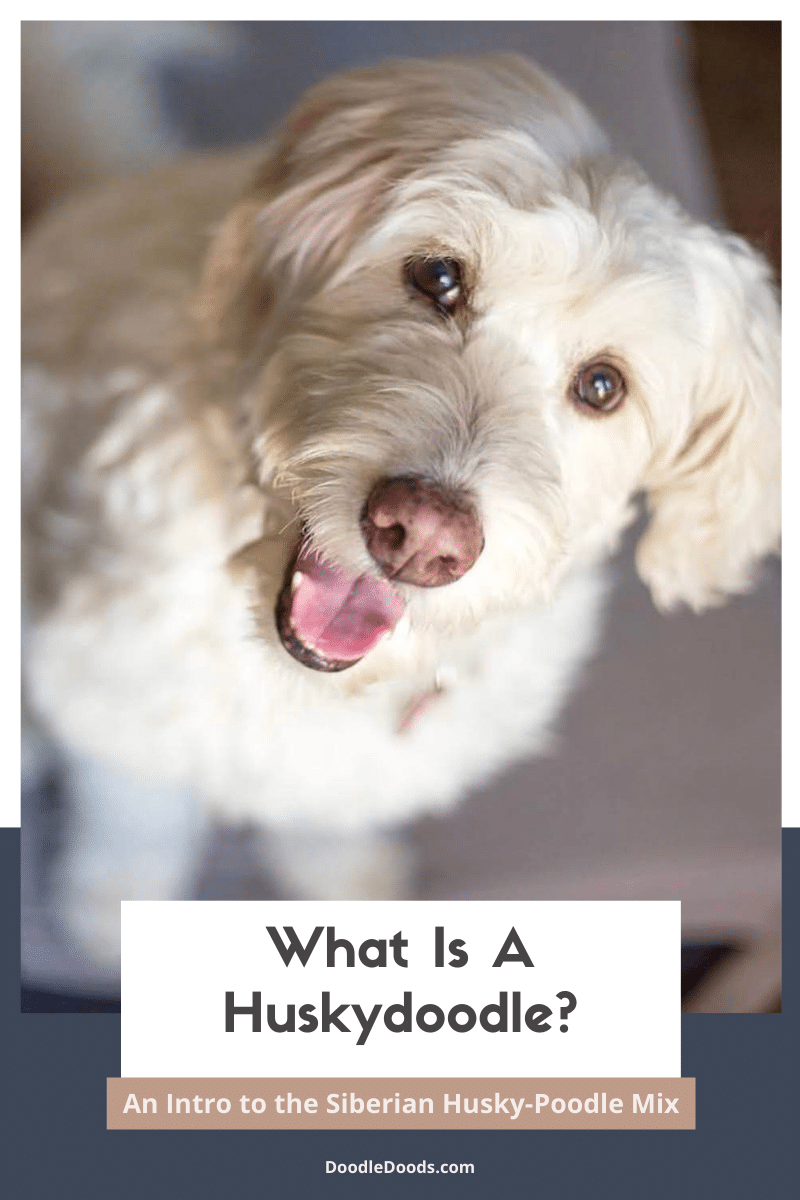
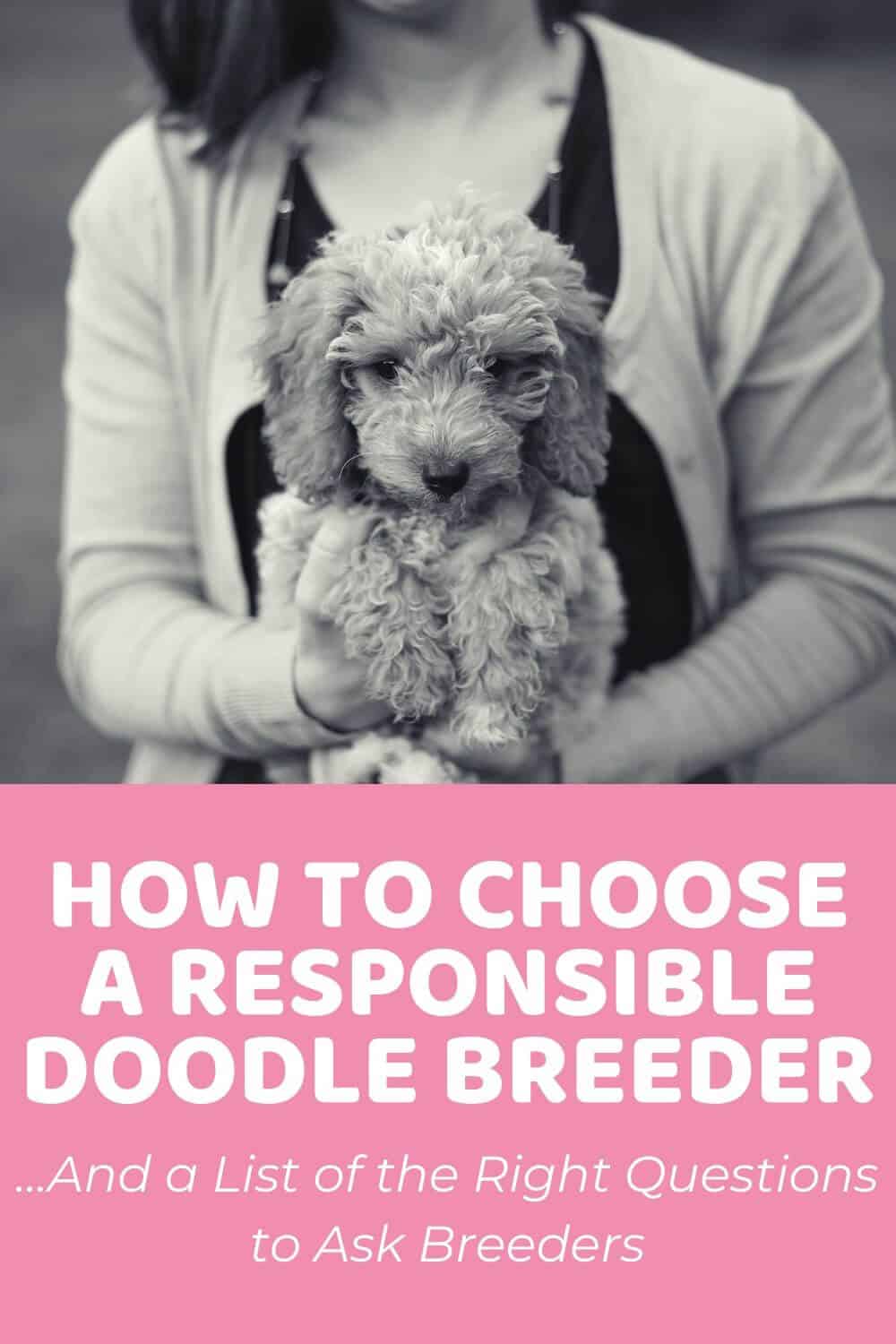
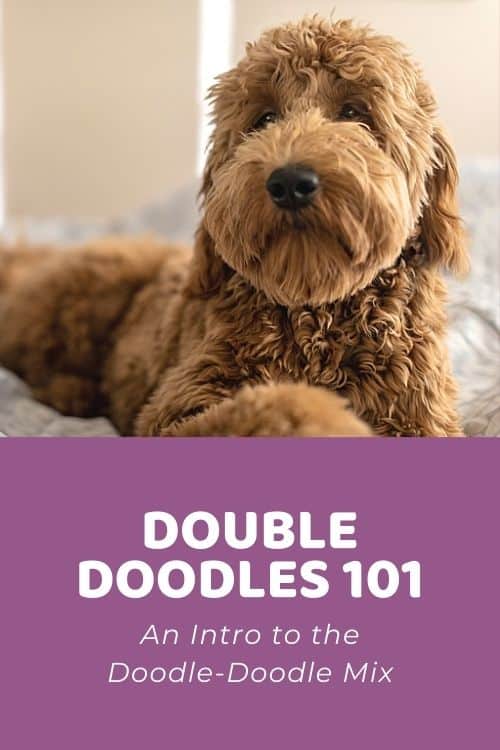

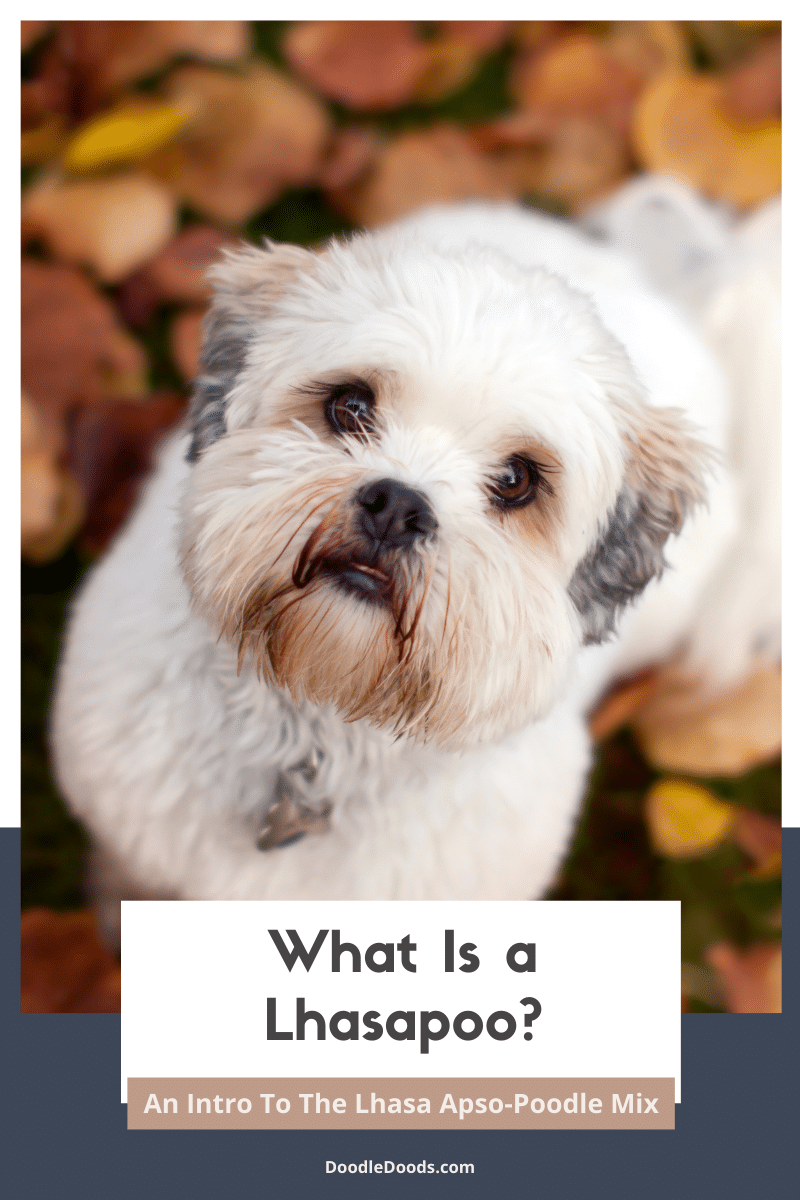
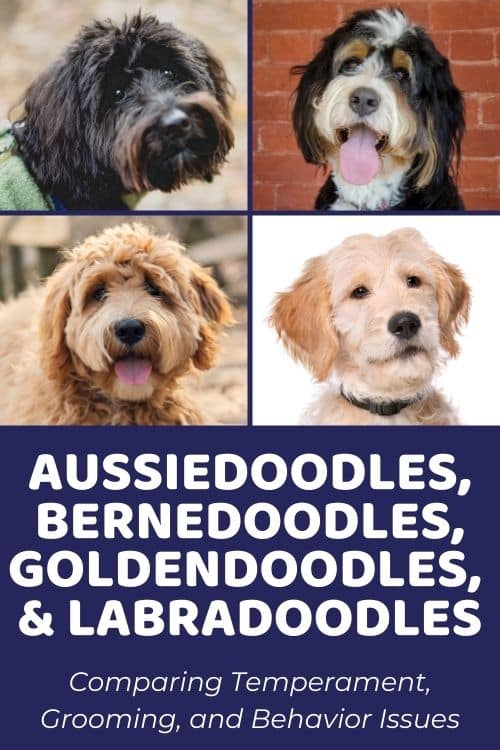
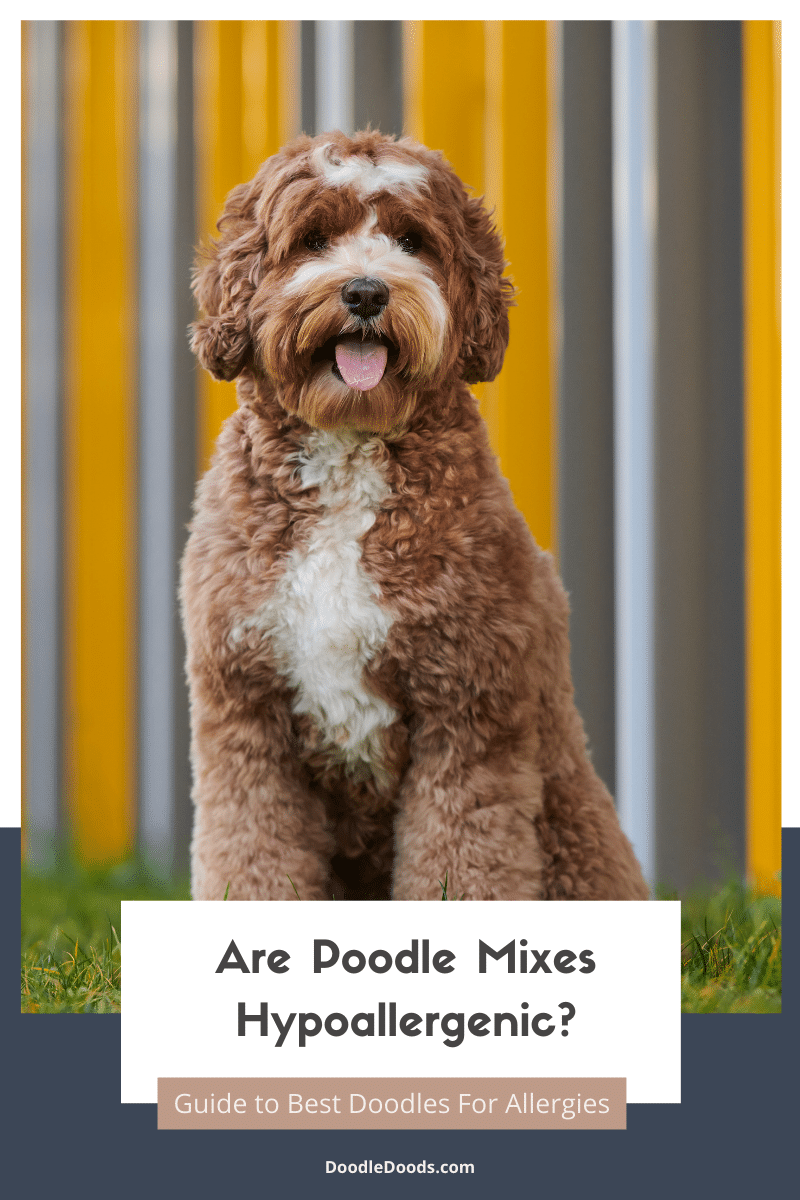

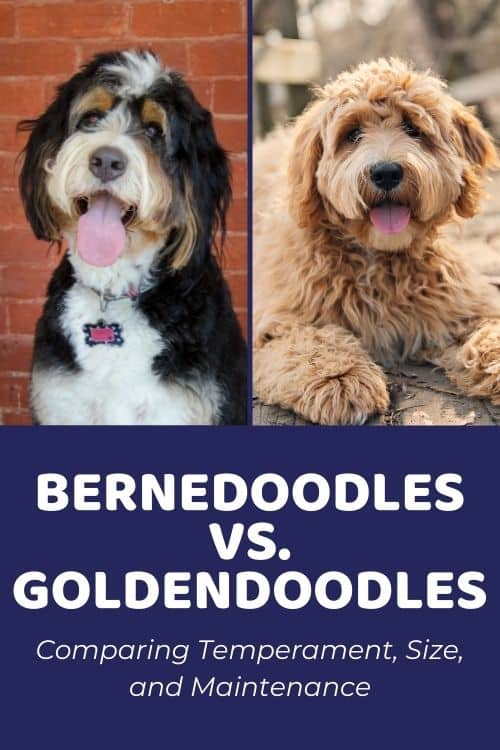

Please consider adding a picture of my girl to this page! Her Instagram is Lilo_thehuskydoodle
Thank you! 🙂
June 6, 2022 at 1:53 pm